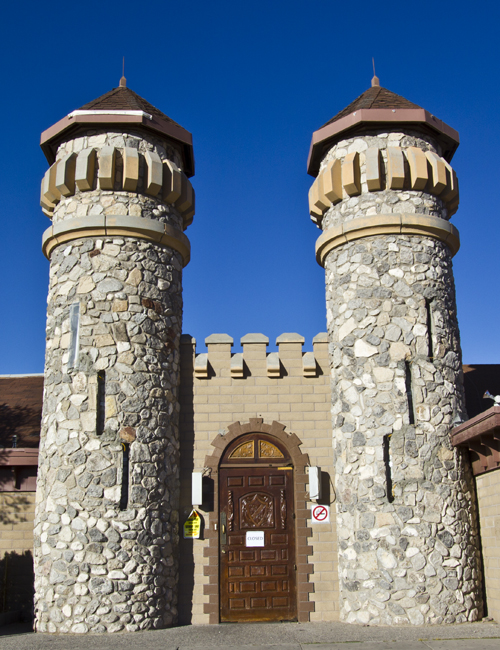
You may have read this story in the El Paso Times about The Westside Show Lounge closing. For years it was known as Prince Machievelli.
And you may have read this story about Nero’s allegedly being run as a one-stop-shop for sex and drug fiends, by your friendly neighborhood Aztecas. It, too, has closed down, with a little nudge from the TABC.
It’s been years since I’ve been to a strip club. The last time, I was bringing the family home from Austin. They were all asleep in the car, and by the time we hit the edge of town, I was a little keyed up from such a long drive. I realized that I needed a drink or I’d be tossing and turning when I hit the sack. Well, the Red Parrot was right there, and, like I said, the family was asleep, so I figured, what the heck?
Claire was breathing fire when she finally came in to get me. If I’d left the keys in the car I might have had to walk home.
Strip clubs are a funny business. They’re definitely exploitative. But it’s hard to figure out whether the customers are exploiting the dancers or the dancers are exploiting the customers. I’ve never seen a strip club where the dancers weren’t supported by five or six guys tough enough to eat scrap metal. It could be that the management is exploiting both the dancers and the customers, but maybe that’s the way capitalism works.
And while prostitution, as an industry, is bad, and strip clubs straddle the line of prostitution, always on one side or the other, when you look at the girls for whom prostitution is a viable economic choice, you have to wonder how society has failed to provide them better options. It’s hard to understand how not giving money to a prostitute is more humane than giving them money.
The demand for adult entertainment comes from our hyper-sexualized media. To get the broadest response, you appeal to the market’s most basic needs. We’ve climbed past the need for food, and shelter, but sex is still the itch that we can’t seem to scratch enough. We’ve reached a point where advertisers prey on our fears of inadequacies, whether they’re of dingy whites or personal body odors. The media has foisted a sexual ideal on us that few of us are capable of attaining, no matter how much body spray we drench ourselves in, or what labels we wear.
The hyper-sexualization of the media has created an artificial need that strip clubs meet. People are lonely, and horny.
I never went to strip clubs much, but I operated a seedy little bar not too far from Prince. The off-duty dancers would occasionally wander in for a snort or two, generally after work on one of their slow nights. My experiences with strip clubs were more backstage than front of house. So I have a few insights, but they’re dated.
There was a time in the early ‘90’s when strip clubs were more popular. When dancers could clear a grand a night, and drop it on blow and wardrobe almost as quick. Prince had to reduce the size of its parking lot to limit the number of customers inside to meet the fire code.
Weeknights used to be the busiest at the strip clubs. Weekends were family nights, when the patrons would stay home with their wives.
Dating a stripper was the grown-up equivalent of dating a cheerleader. She was the girl that all the guys lusted for, even if she was rubbing their cocks for a twenty dollar tip. And promiscuity, maybe, was a two-way street. All the dancers wanted to fuck the other dancers’ boyfriends, probably just for petty spite. In our hyper-sexualized environment, that meant something.
I don’t know what strip clubs are like these days. I went to a couple maybe ten years ago, when I was hustling tequila for the man. It was work, and I was on my nearly best behavior. I was also on pretty good behavior the last time I went to the Red Parrot. Because the family was asleep in the car.
